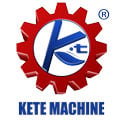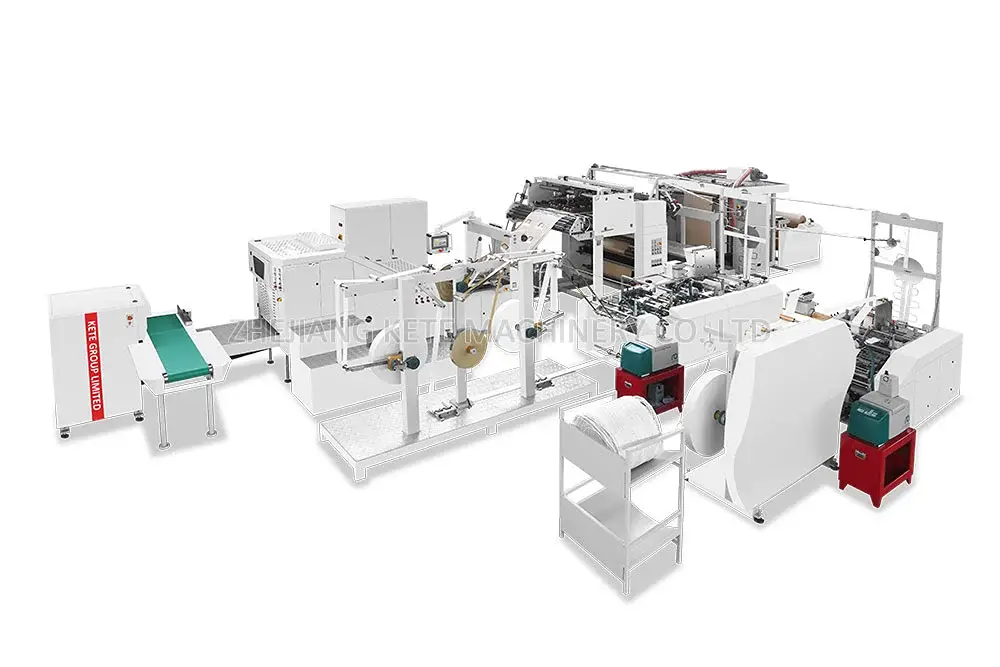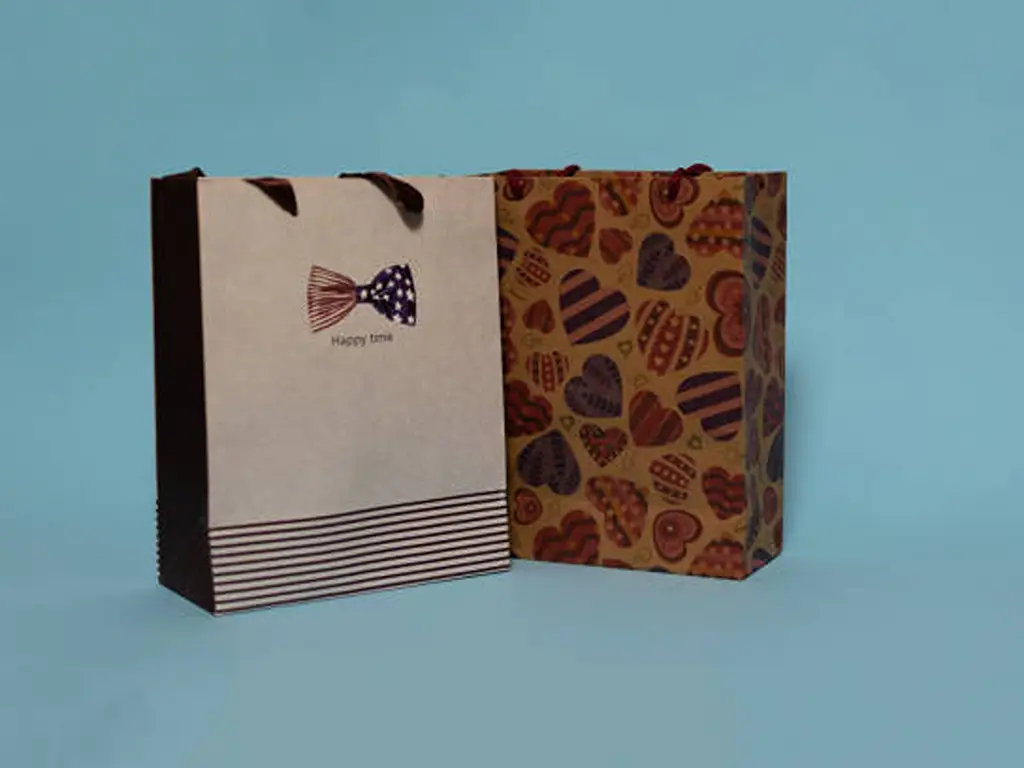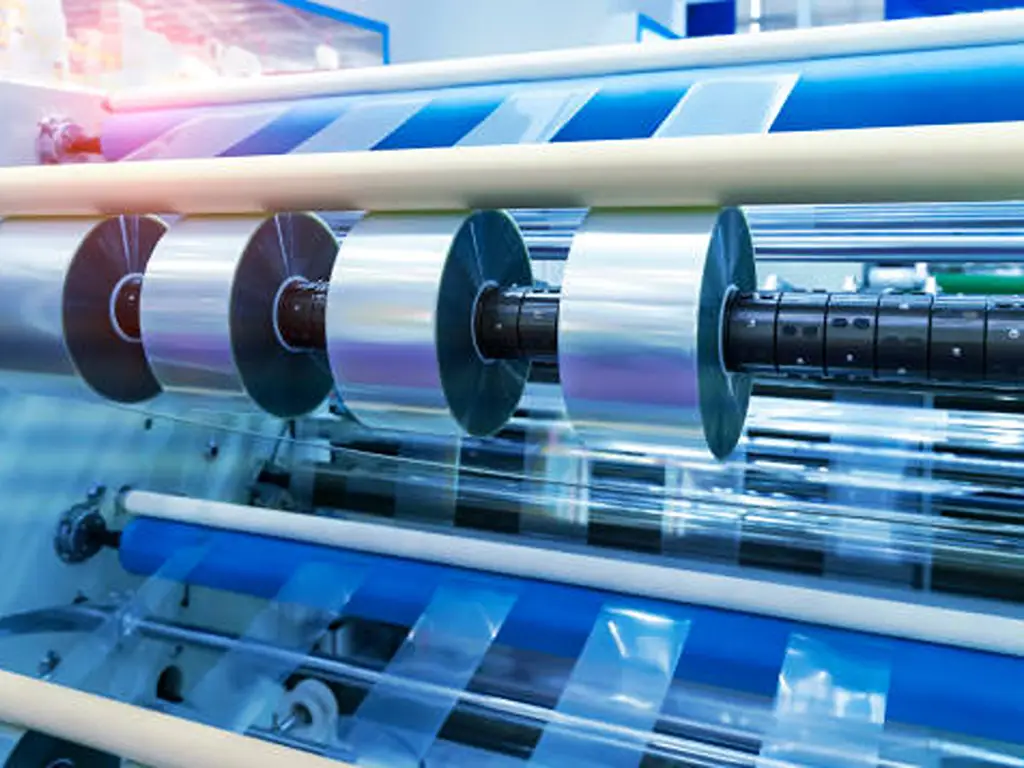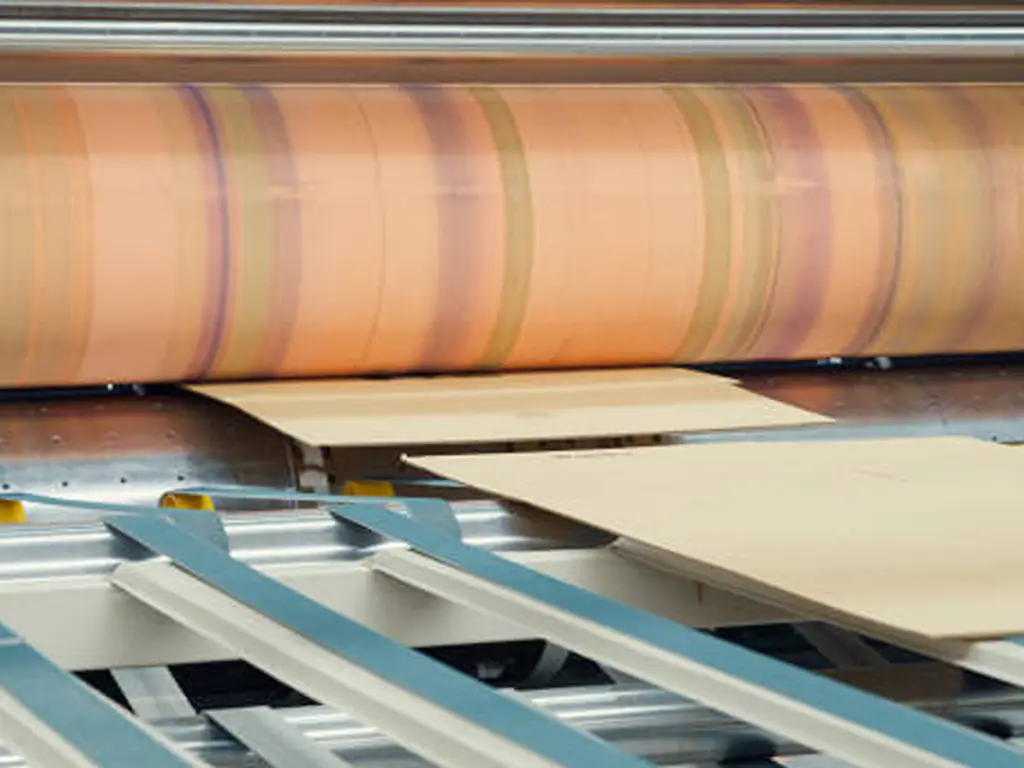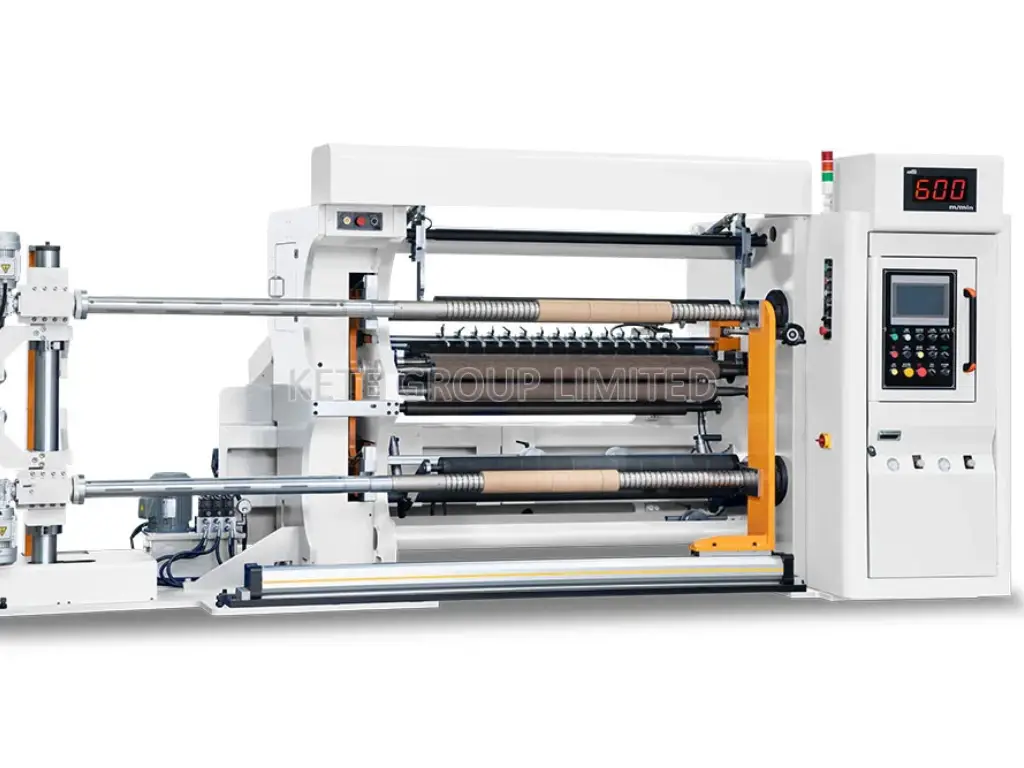
Plastik Poşete Giriş
The use of plastic bags has become an integral part of our daily lives. From zipping to the grocery store to wrapping up our sandwiches, these different types of plastic bags are the real deal! We’ve got the zippy ones, the big trashy ones, and even the earth-hugging biodegradable plastic bags. Ever wondered how is a plastic bag made? The journey from tiny plastic pellets to a finished bag is a fascinating industrial process, centered around a technology known as Blown Film Extrusion. In this guide, we’ll break down exactly how to make plastic bags.
7 Steps: How to Make Plastic Bags?
Basit bir plastik poşetin nasıl hayat bulduğunu hiç merak ettiniz mi? Plastik poşet üretim süreci, her biri poşetin nihai formuna katkıda bulunan bir dizi karmaşık adımı içerir. Gelin plastik üretim sürecine daha yakından bakalım.
| Adım | Açıklama |
| Çiğ Material Transformation | Raw polymers (derived from natural gas or petroleum) are transformed into plastic resin pellets through heating and pressure in machines like pelletizers. |
| Extrusion Process | The resin pellets are fed into an extruder, melted, and forced through a circular die to form a continuous plastic film tube. |
| Blown Film | The film tube is inflated with air, like a balloon, to stretch it to the desired thickness. |
| Cooling and Setting | The plastic film is rapidly cooled using air or water cooling systems to solidify it and ensure uniform thickness. |
| Coloring and Additive Mixing | Dyes and additives (e.g., UV stabilizers, tear resistance agents) are mixed into the molten plastic to give the film color and enhance its properties. |
| Kesme ve Sızdırmazlık | The plastic film is cut into specific lengths, and the bottom is heat-sealed to form the bag’s base. |
| Printing (Optional) | Flexographic printing is used to apply logos, text, or designs onto the bags. |
| Quality Control and Testing | The bags undergo rigorous tests for thickness, strength, UV resistance, and other properties to ensure they meet quality standards. |
| Paketleme ve Dağıtım | The finished plastic bags are counted, stacked, packaged, and prepared for shipping to retailers or consumers. |
Polimerlerden Reçine Peletlerine: Dönüşüm
Polymers are the raw materials, often coming from natural gas or crude oil, that are the starting point for your plastic bag. Before they become the bags that carry your groceries or your lunch, they must first undergo a significant transformation. These polymers are turned into what we call plastic resin pellets. Think of these plastic pellets as the fundamental building blocks; they are the basic units that will be used to create a durable and functional plastic bag..
Now, how does this metamorphosis happen? The process involves a series of controlled stages. First, the raw polymers are subjected to carefully controlled heat and pressure in specialized machines like pelletizers. The quality of these initial pellets directly impacts the final product, which is why the entire manufacturing line, from the extruder onwards, must be robust. This breaks down their complicated chains into simpler, more manageable forms. This process yields small, cylindrical pellets. These pellets are the go-to material for the next steps because they’re consistent and easy to work with.
These aren’t just any old pellets. They are precisely formulated with additives like colorants or UV stabilizers. So, when you see a plastic bag that’s a particular color or extra tough, it’s all thanks to the special recipe of these resin pellets.
In short, this initial stage of turning polymers into resin pellets is critical for the steps that follow. It sets the mood and prepares the stage for the main event. You can’t just skip it and expect a great show.
The Extrusion Process: Crafting the Plastic Film from Extruder
The film extrusion process is where the crucial transformation begins. The resin pellets are loaded into an extruder, a machine that’s about to give our plastic bag its shape.
This is the heart of the manufacturing line. In the industry, this entire stage is called the Blown Film Extrusion process. The molten plastic is forced through a circular die, which shapes it into a continuous tube of thin plastic film. As the tube exits the die, it is pulled upwards and inflated with air, like a long balloon. This stretching is what creates the thin, strong film.
Plastik ekstrüderden çıkarken soğuk hava veya su kullanılarak hızla soğutulur. Bu ani soğutma plastiği katılaştırarak bir film haline getirir. Bu filmin kalınlığı, nihai torbanın istenen özelliklerine göre ayarlanabilir. Tuğla taşımak için ağır hizmet tipi bir torbaya mı ihtiyacınız var? Daha kalın bir film isteyeceksiniz. Sandviç taşımak için hafif bir çanta mı arıyorsunuz? Daha ince bir film işinizi görecektir.
Ancak burada eğlenceli bir gerçek var: plastik film ekstrüderden çıktığında düz değildir. Aslında boru şeklindedir. Çoğu plastik alışveriş poşetinin kenarlarının dikişsiz olduğunu fark ettiyseniz, nedeni budur. Sürekli bir plastik tüpten kesildikleri için sağlamlık ve dayanıklılık sağlarlar.
Ekstrüzyon süreci, modern üretimin mucizelerinin bir kanıtıdır. Bilim, mühendislik ve sanatın bir karışımı olan bu süreç, plastik filmin tam da amacına uygun olmasını sağlar.
Renklendirme ve Katkı Maddeleri Ekleme
Plastik filmimizi elde ettikten sonra, sıra ona biraz kişilik kazandırmaya gelir. Polietilenin doğal rengi biraz yarı saydam olsa da, plastik torbalar opaktan saydam olana kadar sayısız renkte gelir. Bu nasıl yapılır? Boyalar ve katkı maddeleri dünyasına girin.
Boyalar, ekstrüde edilmeden önce erimiş plastikle karıştırılarak film boyunca eşit bir renk elde edilmesi sağlanır. İster canlı bir kırmızı ister ince bir mavi isteyin, her şey doğru boya karışımını elde etmekle ilgilidir.
But color isn’t the only thing added to our bags. Additives play a crucial role in enhancing the final plastic bag properties. Need a bag that can withstand sunlight without degrading? UV stabilizers are added. Want a bag that’s more flexible or resistant to tears? There are additives for that too. This allows the bag’s final properties to be tailored for its intended use.
Filmin Soğutulması ve Ayarlanması
Plastik ekstrüderden çıktığında, biraz savunmasız bir durumdadır. Sıcaktır, şekillendirilebilir ve henüz son halini almamıştır. İşte bu noktada soğutma işlemi devreye girer. Soğutma sadece sıcaklığı düşürmekle ilgili değildir; plastiğin doğru şekilde sertleşmesini, istenen kalınlığını ve mukavemetini korumasını sağlamakla ilgilidir.
Air-cooling systems blow cold air onto the film, solidifying it rapidly. In some cases, water cooling systems are used, where the film is passed over chilled rollers. This rapid cooling is crucial. If the film cools too slowly, it can become uneven or develop imperfections. Think of it like chocolate; if it doesn’t cool uniformly, it can become grainy or discolored. The efficiency of the cooling ring is a major factor in production speed. A well-designed air ring, for example, provides a uniform airflow that cools the bubble evenly, preventing weak spots and allowing the machine to run faster without sacrificing quality.
Bu aşamada silindirler de önemli bir rol oynar. Filmin eşit şekilde gerilmesini sağlayarak herhangi bir kırışıklık veya katlanmayı önlerler. Bu, filmin tam olarak doğru olmasını sağlayan hassas bir sıcaklık ve gerilim dengesidir.
Kesme ve Sızdırmazlık
With our film set and ready, it’s time to transform it into recognizable bags. But how do we go from a continuous roll of plastic film to individual bags? The answer lies in precision cutting and sealing. Before the bags are cut, the rolls of plastic film are often sent to a printing press. Here, logos, text, and graphics are printed onto the film using a process called flexography, which is fast and efficient for large-scale production.
Film, torbanın uzunluğunu belirleyecek şekilde düzenli aralıklarla kesen makinelere beslenir. Ancak bir torba sadece uzunluktan ibaret değildir; bir tabana ihtiyacı vardır. İşte bu noktada mühürleme devreye girer. Kesilen her bölümün alt kısmı ısı kullanılarak kapatılır. Bu ısı plastiği birbirine kaynaştırarak torbanın tabanını oluşturan güçlü bir bağ oluşturur. Bu sızdırmazlığın sağlam olması çok önemlidir; çantaya taşıma kapasitesini veren şey budur.
Üst kısım açık kalır ve kullanıma hazırdır. Bazı durumlarda, kulplar veya fermuarlar gibi ek özellikler eklenerek çantanın işlevselliği daha da artırılır.
Kalite Kontrol: Kalınlık, Mukavemet ve Diğer İstenen Özellikler için Testler
Kalite kontrol, plastik torba üretimi dünyasının görünmeyen kahramanıdır. Ne de olsa kimse en ufak bir baskı altında yırtılan bir poşet istemez. Peki, plastik poşetler kalite açısından tutarlı olacak şekilde nasıl üretilir? Titiz testler sayesinde.
Her torba partisi bir dizi testten geçirilir. Torbaların kalınlığı, homojenliği sağlamak için ölçülür. Sonuçta, çok ince bir torba dayanmayabilir, çok kalın bir torba ise israfa yol açabilir.
Mukavemet testleri de son derece önemlidir. Çantalar, üreticiler tarafından belirlenen standartları karşıladıklarından emin olmak için sınırlarına kadar doldurulur ve gerilir. Diğer testler arasında UV ışığına maruz bırakma (güneş hasarına karşı direnci kontrol etmek için) veya nem testleri (çantanın suyu itme kabiliyetini doğrulamak için) yer alabilir.
Dağıtım için Paketleme
Çantalar testlerini başarıyla geçtikten sonra dünyaya gönderilmeye hazırdır. Ama önce paketlenmeleri gerekir. Makineler torbaları sayar ve istifleyerek dağıtıma hazırlar. Daha sonra kutulanarak perakendecilere veya doğrudan tüketicilere gönderilmeye hazır hale getirilirler.
Kullanılan Polimer Türleri: Plastik Poşetler Nelerden Yapılır?
Elinizdeki plastik poşetlerin aslında neyden yapıldığını hiç merak ettiniz mi? Yalnız değilsiniz. Bu poşetlerde kullanılan polimer türleri sadece ağız dolusu bir sözden daha fazlasıdır; plastik poşetlerin birçok kullanım alanının bel kemiğidir.
Polietilen
Let’s start with the big one: polyethylene. It’s the most common material you’ll find in plastic bags. Originating from natural gas and petroleum, polyethylene goes through a whole manufacturing process to become the bags we use daily. There are different types, like low density polyethylene (LDPE), high-density polyethylene (HDPE), linear low-density polyethylene(LLDPE).
LDPE is what you’ll find in those softer, more flexible, and typically more transparent bags—think produce bags at the grocery store.
HDPE is sturdier, more opaque or translucent, and is what you’re holding when you’ve got a bag full of canned goods.
Linear low-density polyethylene (LLDPE) is tougher and has a higher tensile strength than LDPE. It’s often used in stretch films, toys, and some flexible containers.
Polipropilen
Bir de plastik torba dünyasının diğer ağır topu polipropilen var. Bunun erime noktası daha yüksektir, bu nedenle biraz ısıya dayanması gereken her şey için tercih edilir. Polipropileni genellikle yeniden kullanılabilir alışveriş torbalarında bulabilirsiniz. Ayrıca, hidrofobiktir, yani suyu itme konusunda mükemmeldir.
A Note on Additives and Colorants
It’s important to know that these base polymers are often just the starting point. To achieve specific properties, manufacturers mix in various additives. For instance, color masterbatch (a concentrated pigment) is added to create bags of any color, UV stabilizers are included to prevent the plastic from degrading in sunlight, and anti-static agents can be used to stop bags from clinging together. These additions are what give a plastic bag its final look, feel, and specific function.
So, whether it’s polyethylene or polypropylene, and with a little help from additives, each bag has its own set of perks that make it the right fit for different jobs.
Plastik Poşetin Muazzam Faydaları
There’s a whole bunch of reasons we can’t live without plastic bags. But let’s just chat about the highlights and key plastic bag properties that make them an important part of our everyday life.
| Hafif | Plastik poşetlerin en önemli avantajlarından biri hafif olmalarıdır. Bu özellik sadece taşımayı kolaylaştırmakla kalmaz, aynı zamanda nakliye maliyetlerini de azaltır. Ürün sevkiyatı yaparken her ons önemlidir ve plastik torbalar, önemli ölçüde maliyet tasarrufu sağlayabilecek hafif ancak sağlam bir çözüm sunar. |
| Dayanıklı | Görünüş aldatıcı olabilir. İnce yapılarına rağmen plastik torbalar inanılmaz derecede dayanıklıdır. Üretim sürecinde kullanılan yüksek yoğunluklu polietilen (HDPE) ve düşük yoğunluklu polietilen (LDPE) sayesinde, bu torbalar yırtılmadan önemli miktarda ağırlık taşıyabilir. Bu dayanıklılık, onları marketler ve perakende satış mağazaları için tercih edilen bir seçenek haline getirir. |
| Neme Dayanım | Plastik poşetlerin bir diğer dikkat çekici özelliği de neme karşı dayanıklı olmalarıdır. Dışarıda bardaktan boşanırcasına yağmur yağsa bile yiyecekleriniz kuru kalır. İşte plastiğin sihri bu. Polipropilen gibi malzemeler nemi uzak tutmada özellikle etkilidir, bu da plastik poşetleri gıda depolama ve neme duyarlı diğer uygulamalar için ideal hale getirir. |
| Çok Yönlülük | Plastik poşetlerin her şekil ve boyutta olması onları inanılmaz derecede çok yönlü kılmaktadır. İster giysi, ister yiyecek, ister elektronik eşya alışverişi yapıyor olun, ihtiyaçlarınızı karşılayacak şekilde tasarlanmış bir plastik poşet mutlaka vardır. Bu çeşitlilik, saplar, fermuarlı saklama torbaları ve hatta mühür türü gibi özelliklere kadar uzanır ve hem tüketiciler hem de işletmeler için bir dizi seçenek sunar. Ayrıca, kutu içinde torba ambalajlar genellikle kutu şarap gibi sıvılar ve kurumsal boyutlardaki diğer sıvılar için kullanılır. Bu tür ambalajlar sıvıların depolanması ve taşınması için uygun ve verimli bir yol sunarak tek kullanımlık plastik poşetlere olan ihtiyacı azaltır. |
Bu avantajlar, plastik poşetlerin muazzam faydasını gözler önüne seriyor ve onları sadece bir kolaylıktan öte, özenli bir mühendislik ve tasarım ürünü haline getiriyor.

Sustainability in Production: What Happens to Waste Material?
Çevre Dostu Perde Arkası Plastik poşetler hazırlanırken, nihai kesime ulaşmayan bir miktar perde arkası aksiyon vardır. Kesilen parçalardan, "tüh, bu doğru değil" poşetlerinden ve makinelerden tam olarak çıkamayan artıklardan bahsediyoruz. Ancak günümüzün yeşil bilince sahip dünyasında bunları halının altına süpürmüyoruz.
Recycling: The Green Comeback A good slice of this backstage waste is ready for an encore. Off-cuts and those bags that didn’t pass the audition can be gathered, can be gathered, melted down, and reprocessed into new bags. This recycling loop is an efficient way to reuse raw materials in plastic production, cutting down the need for fresh polymers. It’s not just eco-friendly; it’s also kind to the manufacturer’s wallet.
Disposal: The Thoughtful Exit But let’s face it, not every piece of waste is ready for a second act. Some, due to mixed materials or other issues, just can’t be recycled and reused. But even these get a dignified exit. Instead of being sent directly to a landfill, they’re often incinerated in a controlled setting, keeping the environment’s best interests at heart. And the cherry on top? Some top-notch facilities turn the energy from this process into electricity. Now that’s a bright idea!
Sonuç
From the initial melting of polymer pellets to the final cut and seal, understanding how a plastic bag is made reveals a process of precision engineering. The process of blown film extrusion, followed by automated conversion, transforms simple raw materials into a durable and versatile everyday item. Now that you’ve seen the intricate steps involved, you have a deeper appreciation for the technology and science behind this ubiquitous product.
KETE ile Plastik Poşet Girişiminizi Başlatın
Understanding how plastic bags are made is the first step. Bringing them to life requires precision machinery engineered for efficiency and quality. The blown film extruders, printing presses, and bag-making machines are all critical components of a successful production line.
If you’re considering entering the plastic bag industry or want to upgrade your current operations, having the right technology partner is key. At KETE, we don’t just supply machines; we provide complete solutions tailored to your production goals. Contact our experts for a technical consultation or to get a quote on a production line that fits your needs.
FAQS
Q: How much of plastic bags are actually recycled?
A: Although plastic bags are technically recyclable, less than 10% of them are actually recycled. Most end up in landfills, incinerators, or the environment due to contamination, mixed materials, or the lack of specialized recycling facilities.
Q: What are plastic bags actually made of?
A: Plastic bags are typically made from high-density polyethylene (HDPE) or low-density polyethylene (LDPE), both of which are petroleum-based plastics. These materials are lightweight, durable, and moisture-resistant, making them ideal for packaging and retail use.
Q: Why can’t Ziploc bags be recycled?
A: Ziploc bags are often made of recyclable polyethylene, but they’re frequently contaminated with food residue, oils, or moisture, which makes them difficult to process through standard curbside recycling programs. Additionally, their zipper seals can include mixed materials. However, some grocery stores offer drop-off bins specifically for clean, dry plastic films, including Ziploc bags.
Q: How many years does it take for plastic bags to decompose naturally?
A: Plastic bags can take 500 to 1,000 years to break down in the environment. Even then, they don’t fully biodegrade — they fragment into microplastics, which persist in ecosystems and pose long-term threats to wildlife and human health.
